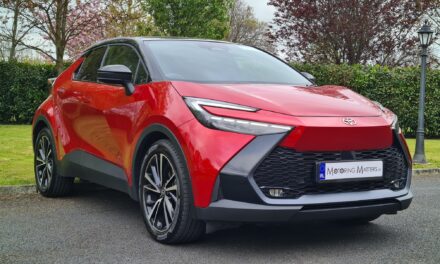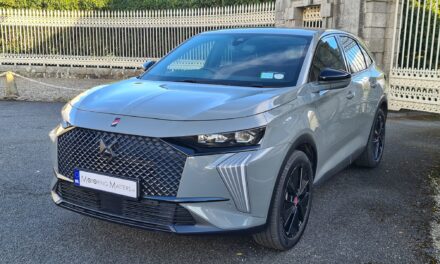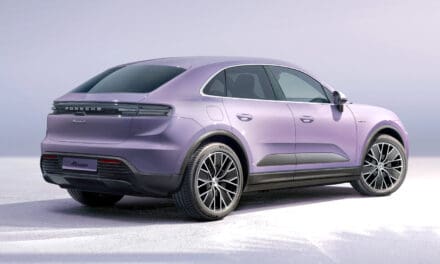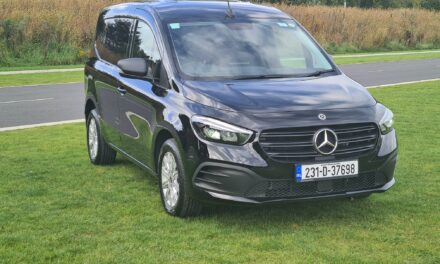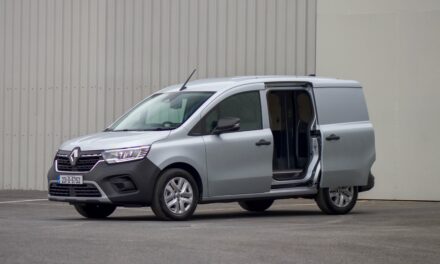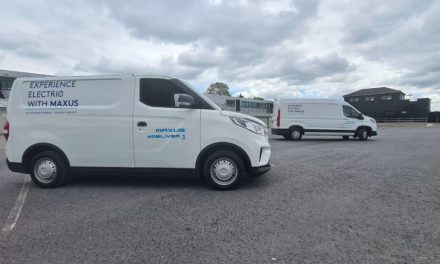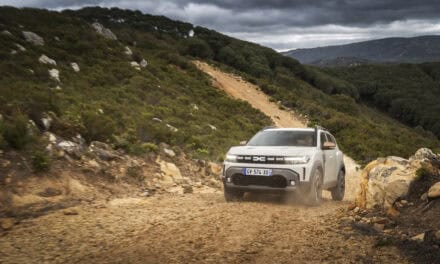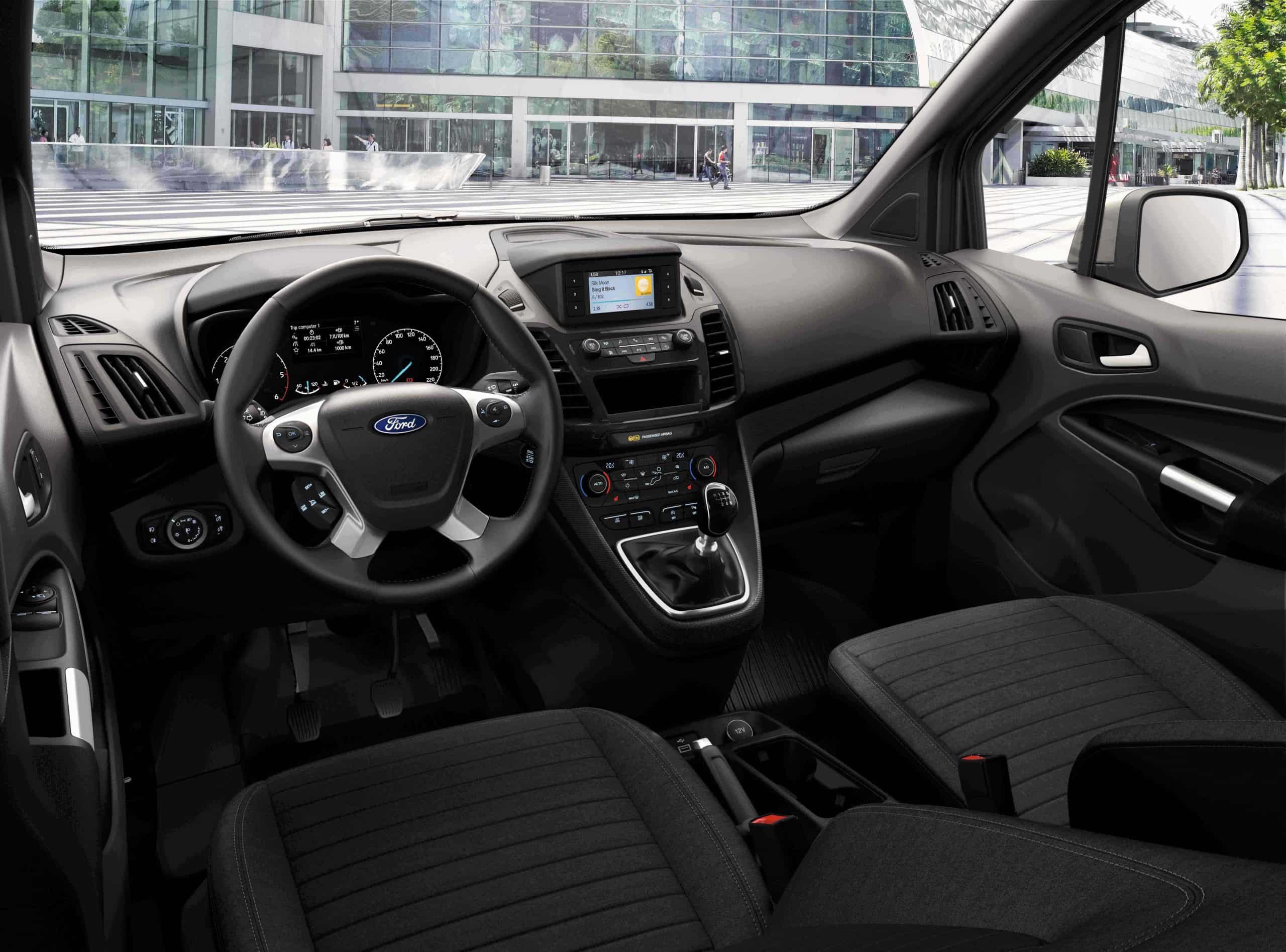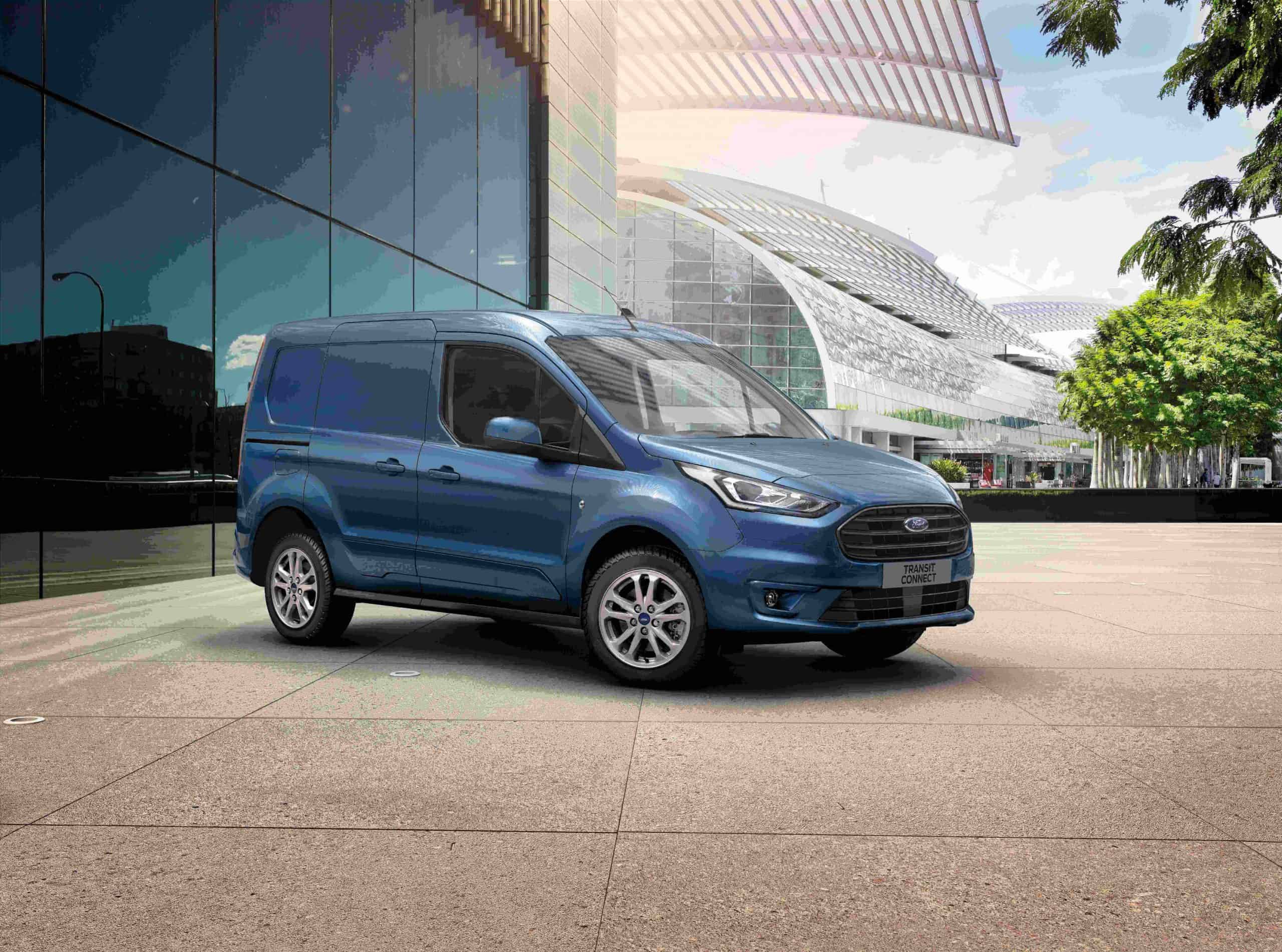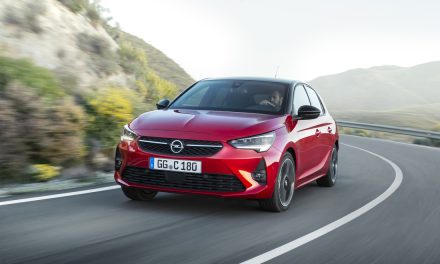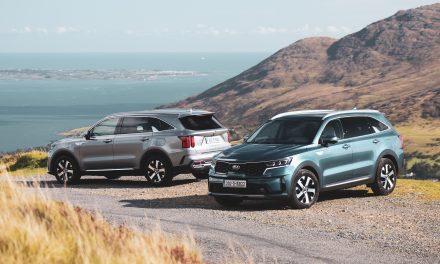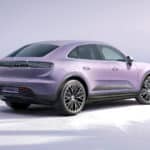
FORD ANNOUNCES ENHANCEMENTS FOR TRANSIT CONNECT.
FORD ANNOUNCES ENHANCEMENTS FOR TRANSIT CONNECT, OFFERING CUSTOMERS BEST-IN-CLASS FUEL EFFICIENCY AND INTRODUCING A 1.0-TONNE PAYLOAD FOR THE FIRST TIME.
Ford has announced enhancements for Transit Connect, offering customers best-in-class fuel efficiency and introducing a 1.0-tonne payload for the first time. Class-leading fuel efficiency and low CO2 emissions will help minimise fuel costs for operators and reduce greenhouse gas emissions.
The Transit Connect light commercial vehicle now offers up to 2,501 kg gross vehicle mass (GVM) on selected variants, increasing the maximum payload to 982 kg 1 and improving productivity for owners and operators by enabling them to carry heavier loads.
Ford is also introducing a new high-end Limited series in selected markets, offering a stylish exterior and premium interior specification for customers desiring a more exclusive vehicle. Fleet customers in markets such as Sweden that favour Hydrotreated Vegetable Oil (HVO) fuel will also benefit from Ford approving HVO for use in the 1.5-litre EcoBlue diesel engine, helping to further reduce fleet emissions.
“Transit Connect is already popular with fleets across Europe, and the latest enhancements make it even more compelling,” said Hans Schep, general manager, Commercial Vehicles, Ford of Europe. “Reducing emissions and fuel costs while improving payloads helps fleets transport more cargo or fit extra equipment while maintaining maximum efficiency.”
The new updates feature for the entire Transit Connect line-up, with deliveries of the enhanced models to Ford dealers due from mid-November.
Optimised fuel efficiency and payload;
No light commercial vehicle in its class delivers better fuel efficiency than the Transit Connect – helping businesses to save on operating costs and reduce their carbon footprint.
The best-selling Transit Connect model – the L1 Trend – delivers 4.1 l/100 km fuel efficiency and 109 g/km of CO2 emissions NEDC (5.1 l/100 km, 134 g/km WLTP) 2 using Ford’s advanced 1.5-litre EcoBlue diesel engine with a choice of 75 PS and 120 PS power ratings, and a six-speed manual gearbox. New, low rolling resistance tyres further contribute to optimised fuel efficiency.
Ford responded directly to customer feedback to enhance the Transit Connect’s load-carrying capability and offer an improved payload of up to 982 kg – an increase of 79 kg over previous versions – with no compromise in versatility or fuel efficiency. Optimising wheel and tyre configurations as well as removing the dual passenger seat option contribute to the increased payload allowance. The dual passenger seat option remains available for derivatives with lower GVM.
Customers requiring the 2,501 kg GVM and 982 kg maximum payload can still choose from a range of powertrains to best suit their operating requirements, including 100 PS or 120 PS 1.5‑litre EcoBlue diesel engines with six-speed manual or eight-speed automatic transmissions – for effortless and refined load-hauling.
Ford has also approved its range of 1.5-litre EcoBlue diesel engines for use with HVO fuel following a comprehensive testing programme to ensure servicing and performance would remain unaffected.
Limited series now available;
A new Limited series for Transit Connect introduces distinctive design features including 16-inch Sparkle Silver alloy wheels as well as body-coloured wing mirrors, door handles and side mouldings. Drivers also benefit from heated seats, auto lighting and rain-sensing wipers to make long shifts at the wheel less demanding and more comfortable.
Previously only available in the U.K. and Ireland, Transit Connect Limited series is now available in select left-hand drive markets.
# # # Glossary;
1 Gross value. Max payload varies and is based on accessories and vehicle configuration. See label on door jamb for carry capacity of a specific vehicle.
2 The declared fuel/energy consumptions, CO2-emissions and electric range are determined according to the technical requirements and specifications of the European Regulations (EC) 715/2007 and (EU) 2017/1151 as last amended. Light Duty Vehicle type-approved using the World Harmonised Light Vehicle Test Procedure (WLTP) will have fuel/energy consumption and CO2-emission information for New European Drive Cycle (NEDC) and WLTP. WLTP will fully replace the NEDC latest by the end of the year 2020. The applied standard test procedures enable comparison between different vehicle types and different manufacturers. During NEDC phase-out, WLTP fuel consumption and CO2 emissions are being correlated back to NEDC. There will be some variance to the previous fuel economy and emissions as some elements of the tests have altered, so the same car might have different fuel consumption and CO2 emissions.
Visit www.ford.ie for further information.

